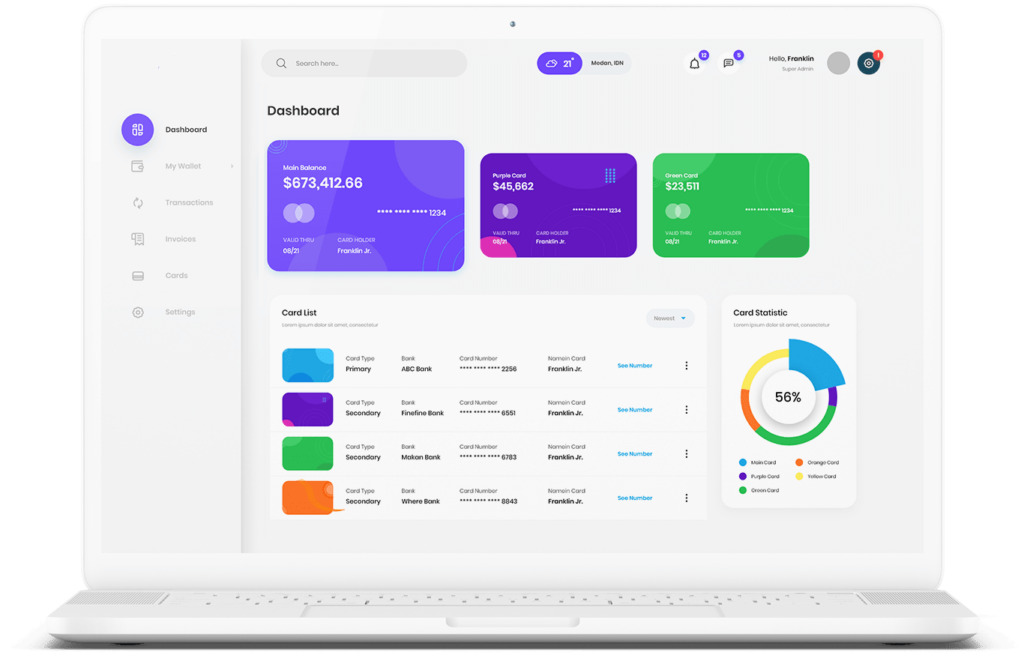The world of payment processing plays a vital role in modern commerce, impacting businesses and consumers alike. It facilitates seamless transactions, allowing customers to pay for goods and services using various methods, while businesses receive payments effortlessly. In this article, we will explore the realm of payment processing, including the key players involved, the stages of a transaction, and the different types of payment processing methods. We will also emphasize the significance of payment processing in today’s commerce landscape and the importance of adapting to emerging trends and technologies.
Key Players in Payment Processing
Merchants
Merchants are business owners or retailers who offer goods and services to consumers. They are instrumental in payment processing, as they choose the payment methods they accept and collaborate with suitable payment processors and banks to facilitate transactions. When selecting a payment processor, merchants should prioritize security, reliability, and cost-effectiveness. It is crucial for them to proactively adopt innovative payment solutions to meet customer expectations and stay competitive.
Payment Processors
Payment processors act as intermediaries between merchants and customers, handling payment transactions. Their responsibility is to facilitate communication, authorize, clear, and settle transactions. To provide a seamless and secure experience, payment processors should offer transparency in fees, competitive pricing, and stay up-to-date with industry trends. They must be ready to integrate new technologies and payment methods into their services.
Card Networks
Card networks, such as Visa, Mastercard, American Express, and Discover, establish rules and standards for processing card transactions. They serve as the backbone of payment processing, ensuring transactions are routed to the appropriate issuing and acquiring banks. Card networks should prioritize improving security and fraud prevention measures while maintaining an efficient system. Adapting to changing consumer and merchant needs by embracing emerging technologies is crucial for their competitiveness.
Issuing and Acquiring Banks
Issuing banks provide customers with credit or debit cards and approve or decline transactions based on the cardholder’s account status. Acquiring banks work with merchants to process and settle transactions. Both types of banks play vital roles in ensuring a smooth payment processing ecosystem. Collaboration, innovation, and a focus on security and customer satisfaction are essential for issuing and acquiring banks. Working closely with card networks and payment processors can help develop products and services aligned with changing consumer preferences.
Stages of a Transaction
Authorization
Authorization is the initial stage of a transaction, where the validity of the customer’s card details and fund availability are checked. The payment processor sends transaction details to the issuing bank, which approves or declines the transaction. Swift and accurate authorization is crucial for a seamless payment experience. Advanced fraud detection and risk management tools enhance the authorization process and overall transaction security.
Clearing
Clearing involves transferring transaction data from the payment processor to the acquiring bank and then to the issuing bank. During this stage, transaction information is verified, and adjustments are made to the customer’s account balance. Efficient and secure clearing processes minimize errors and maintain trust in the payment system. Technologies like blockchain and artificial intelligence can streamline clearing and improve its efficiency.
Settlement
Settlement is the final stage, where funds are transferred from the issuing bank to the acquiring bank and ultimately to the merchant’s account. Timely and accurate settlement is crucial for healthy cash flow and business operations. Robust reconciliation tools and automated settlement processes improve accuracy and timeliness, enhancing the payment experience for both merchants and customers.
Types of Payment Processing Methods
Traditional Point of Sale (POS) Systems
Traditional POS systems are hardware-based solutions that enable merchants to accept card payments at physical stores. While still relevant, these systems should adapt by integrating with mobile and online payment methods. Upgrading POS systems to support contactless payments and emerging technologies provides convenience and security to customers.
Mobile Point of Sale (mPOS) Systems
mPOS systems are portable, smartphone or tablet-based solutions that allow merchants to accept card payments anywhere. Offering greater flexibility and mobility, mPOS systems are game-changers for small businesses and merchants operating in unconventional settings. Leveraging mPOS technology enables personalized and convenient payment experiences, leading to increased sales and customer satisfaction.
Mobile Payments
Mobile payments involve transactions made using mobile devices like smartphones and wearables. These payments can be made through digital wallets, QR codes, or contactless technologies such as NFC. Mobile payments are the future of commerce, offering unparalleled convenience and security. Businesses must be prepared to accept and integrate these payment methods to remain competitive and meet customer expectations.
Conclusion
Payment processing is an integral aspect of modern commerce, ensuring seamless transactions between businesses and consumers. The key players involved – merchants, payment processors, card networks, and issuing and acquiring banks – contribute to the efficiency and security of the payment processing ecosystem. Adapting to emerging trends, such as mPOS systems and mobile payments, while prioritizing security and customer satisfaction, is vital for the payment processing industry’s continued success. Businesses and financial institutions must collaborate to deliver the best payment experience to customers.
At XBramp, we provide cutting-edge payment processing solutions that cater to the evolving needs of modern online businesses. Our transparent approach, competitive pricing, and exceptional customer support enable businesses to navigate the ever-changing payment processing landscape with confidence, driving growth and enhancing customer satisfaction. Feel free to reach out to us through the form on this page or by emailing us at [email protected]. We’re here to assist you every step of the way!

